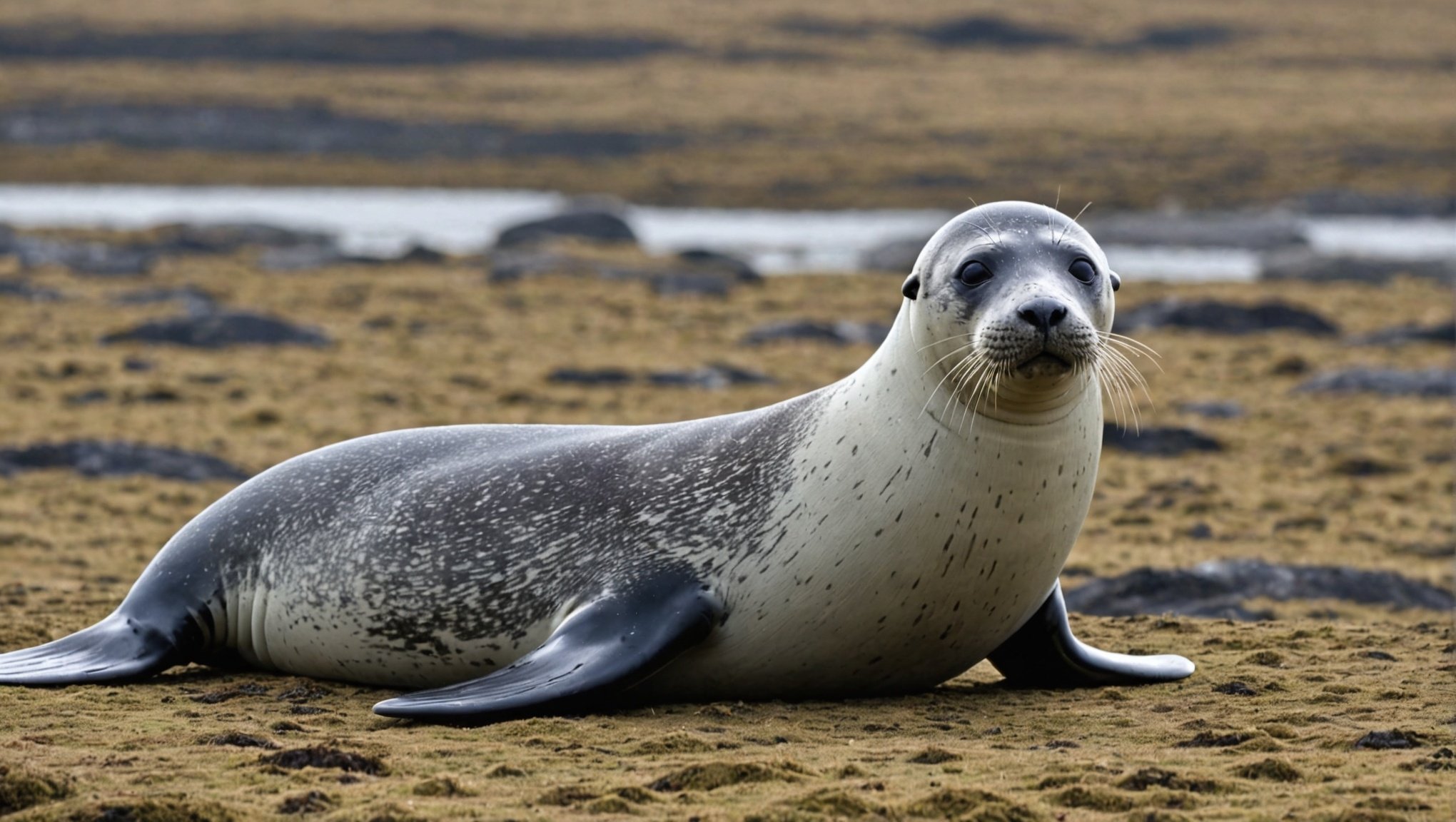Understanding the Ecological Importance of Seals
Seals hold a critical position in the marine ecosystem, playing pivotal roles that extend well beyond their immediate presence. Their ecological significance is primarily evident in their contribution to both biodiversity and the intricate web of nutrient cycling across oceanic systems.
Seals act as both predators and prey within the food webs, making them essential for maintaining the balance of marine life. As predators, they regulate the populations of their prey, such as fish and smaller marine organisms, preventing any single species from dominating and thereby preserving biodiversity. This dynamic interaction fosters a healthy and balanced marine ecosystem, where each species has a role, contributing to the overall ecological significance of seals.
Also to discover : Eco-Friendly Boating: Tips for UK Owners to Protect Freshwater Ecosystems and Aquatic Wildlife
Furthermore, seals contribute to nutrient cycling by returning vital nutrients to the ocean through their excretion and carcasses when they die. This process enhances the productivity of the ocean, as nutrients like nitrogen and phosphorus become available for plankton and other foundational species. These foundational species, in turn, support a diverse array of marine life, showcasing the profound impact of seal populations on the broader ecological landscape. Understanding the roles of seals offers insight into the complex interdependencies sustaining our oceans.
Ways for Citizens to Get Involved in Seal Conservation
Engaging in seal conservation efforts is crucial for protecting these marine creatures, and there are several ways for citizens to get involved. One of the key avenues is through local seal conservation groups that are dedicated to various initiatives aimed at preserving seal habitats. These groups often welcome volunteers to assist with beach clean-ups, educational campaigns, and seal monitoring activities.
Have you seen this : Saving Migratory Lives: The Impact of Wildlife Overpasses and Underpasses in the UK
Community initiatives offer practical steps individuals can take to contribute. For instance, citizens can partake in monitoring seals during breeding seasons by participating in organized patrols that track the health and population of local seal colonies. This hands-on involvement provides essential data that aids in ongoing conservation efforts.
Moreover, community involvement extends beyond physical activities. Advocacy plays a pivotal role in influencing policy decisions. By joining local advocacy groups or participating in public meetings, citizens can champion measures that benefit seal habitats, such as pollution control and wildlife protection regulations.
Through active citizen engagement, individuals can make a substantial impact on seal conservation. Whether participating in community initiatives or advocating for legislative support, every effort helps safeguard the future of these fascinating marine beings.
Volunteer Opportunities for Seal Monitoring
Volunteering in seal monitoring opens doors to contribute to ecological preservation while gaining hands-on experience. Many programs are available for those eager to get involved. Community service in this sector often centers around working with local conservation organizations. These groups play a crucial role in engaging the public and often organize a variety of volunteer programs.
Local Conservation Organizations
Several prominent bodies offer seal monitoring roles. These may include national parks, wildlife trusts, and marine conservation societies. Volunteers can explore diverse volunteer programs that facilitate learning and direct involvement in conservation activities.
Ongoing Monitoring Projects
Regular monitoring projects involve observing seal populations and recording behavioural patterns. Such projects often seek community service volunteers who can offer time on a flexible basis. These opportunities not only help conservation efforts but also provide insight into the challenges and triumphs of environmental protection.
Training Opportunities for Volunteers
Prior to the start of any project, training opportunities are plentiful to equip volunteers with the knowledge and skills necessary for effective participation. Volunteers need to meet specific requirements, often provided via sessions that emphasize practical skills and theoretical understanding. This ensures all participants can engage effectively and uphold the highest standards of community service and conservation.
Successful Case Studies of Seal Conservation Efforts
The UK has seen numerous successful initiatives in seal conservation, leading to significant community and ecological benefits. One case study highlights the efforts from local organizations combining their resources to protect habitats and address threats. This collaborative approach not only preserved biodiversity but also supported eco-tourism, enhancing community impact in surrounding areas.
For example, the Seal Conservation Society implemented strategies which included monitoring and data collection, leading to better-informed policies. This initiative is a testament to the power of community-driven efforts in conservation. By engaging locals, they fostered a shared responsibility for environmental stewardship, boosting both participation and awareness.
Key outcomes of these successful initiatives include increased seal population stability and reduced threats from industrial activities. These efforts underscore the importance of collaboration and innovation in tackling environmental challenges.
Lessons learned from these cases offer a roadmap for future conservation efforts. They emphasize the need for continuous monitoring, community involvement, and adaptive management to sustain positive outcomes. As these initiatives advance, they also highlight the evolving strategies needed to address emerging threats and ensure lasting ecological health.
Statistics on Seal Populations and Conservation Status
Current trends in seal populations present a mixed picture, where success and challenge coexist. Monitoring results have shown that some local seal species, such as the grey seal, have experienced a notable increase in numbers due to successful conservation strategies. This includes the establishment of protected areas and stricter legal protections which have contributed positively to their conservation status.
However, not all news is optimistic. Harbour seal populations are under increasing threat. Changes in their environment, largely driven by climate change, pose significant challenges. For example, melting ice caps reduce the availability of seal habitats, affecting both their breeding and resting grounds.
The monitoring results also highlight other environmental changes impacting seal populations, such as pollution and fishing net entanglements. Addressing these challenges requires sustained conservation efforts focusing on habitat protection, pollution control, and implementing safer fishing practices.
Understanding and acting upon these seal population statistics is essential for the development of effective conservation strategies. Such strategies are pivotal to ensure the long-term survival and well-being of seal species globally.











